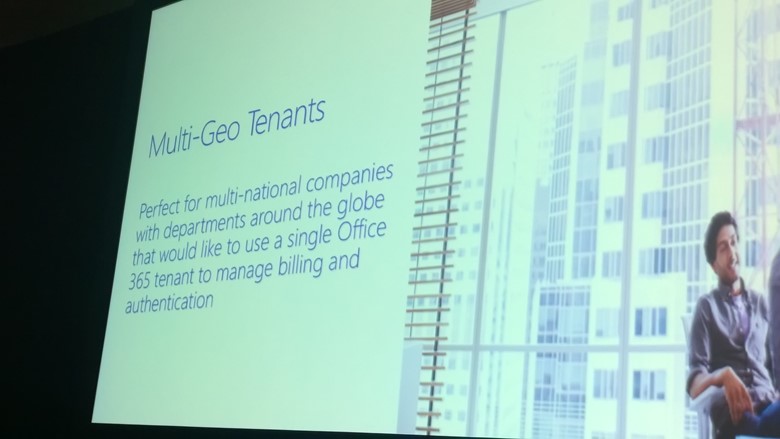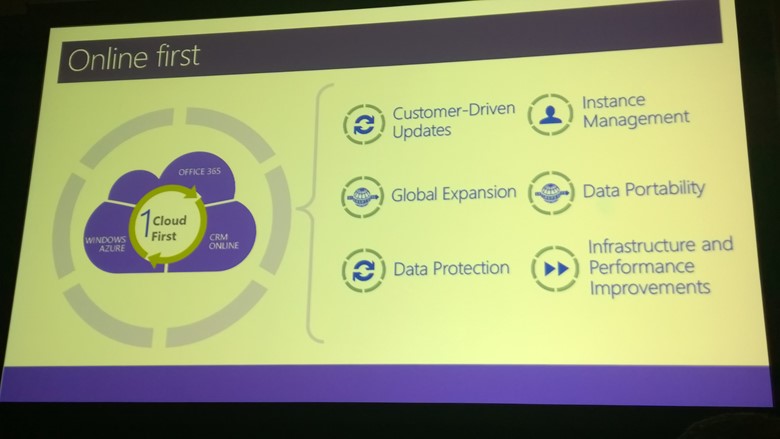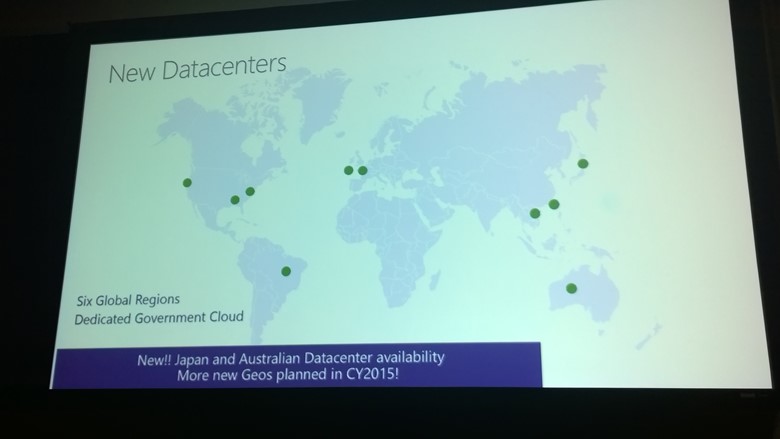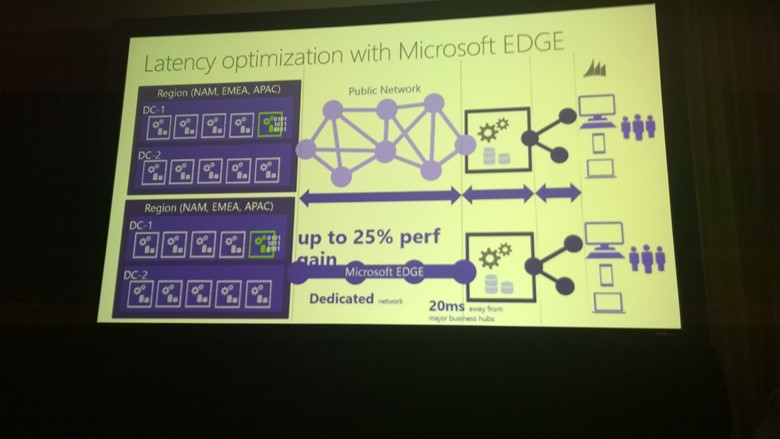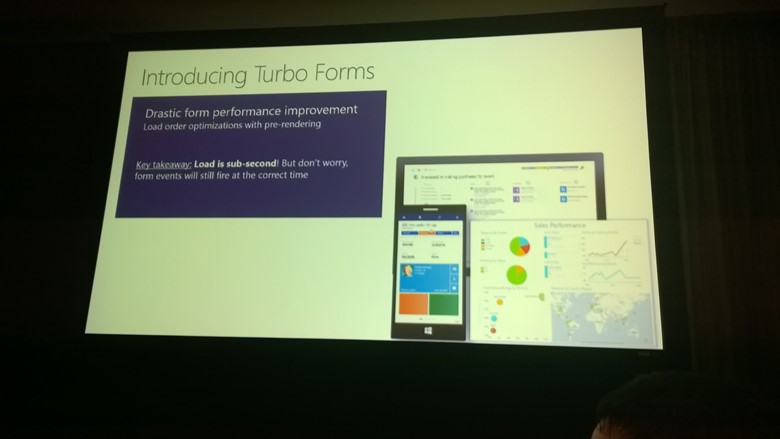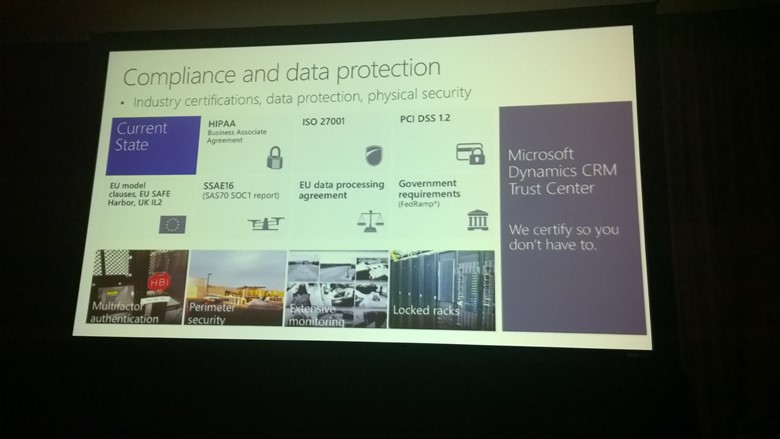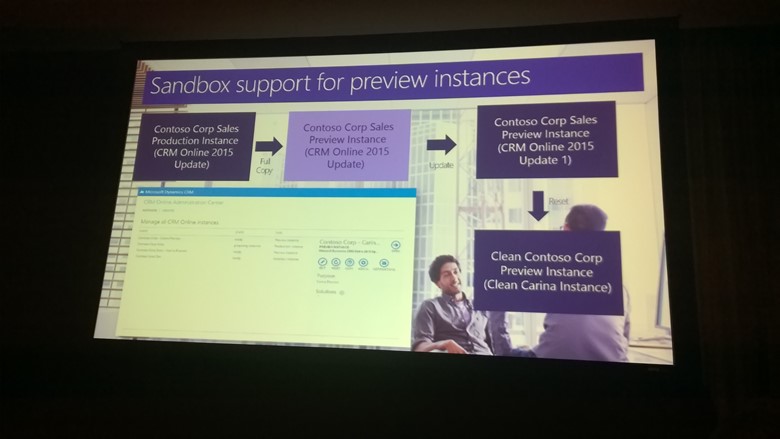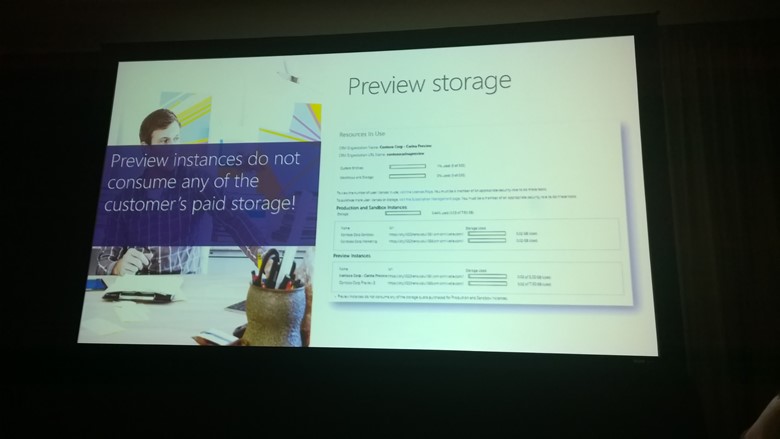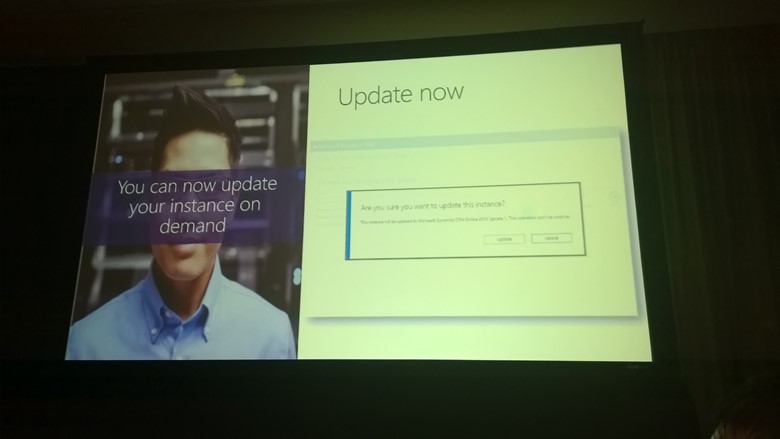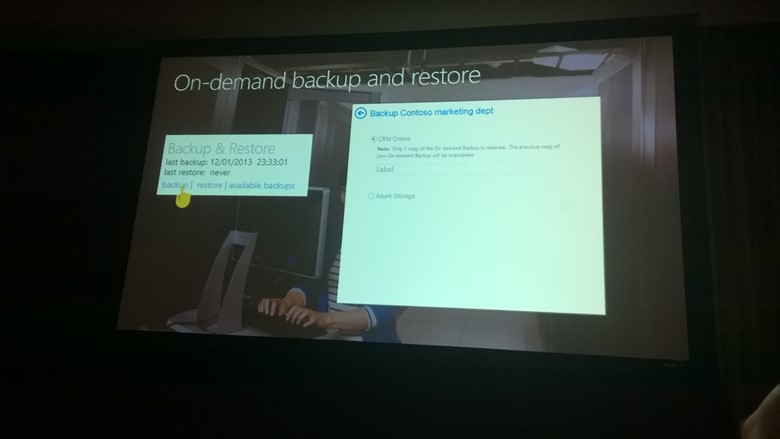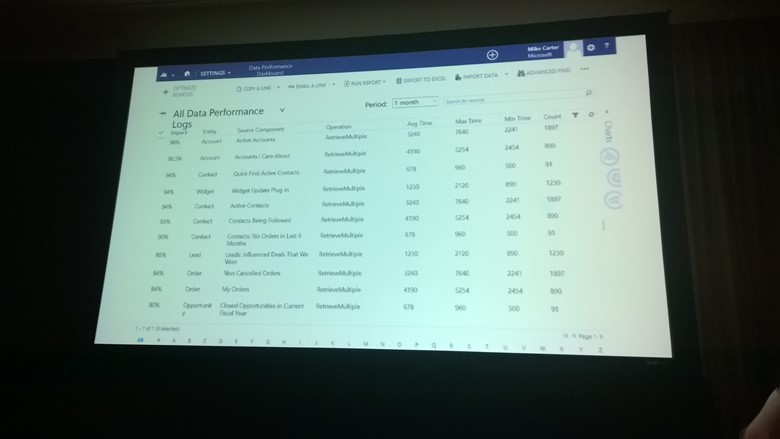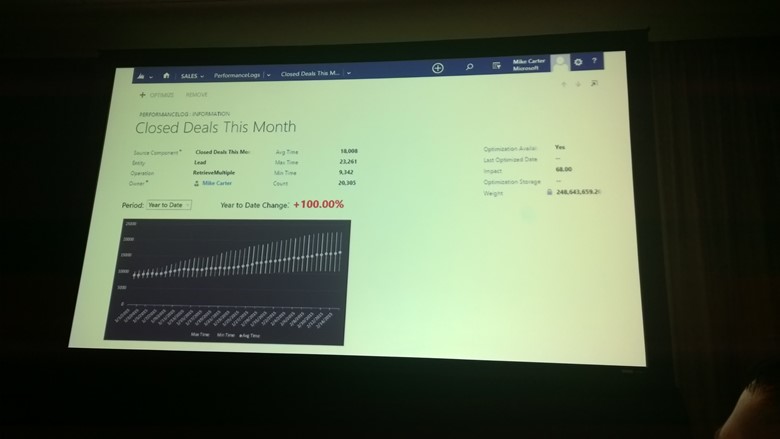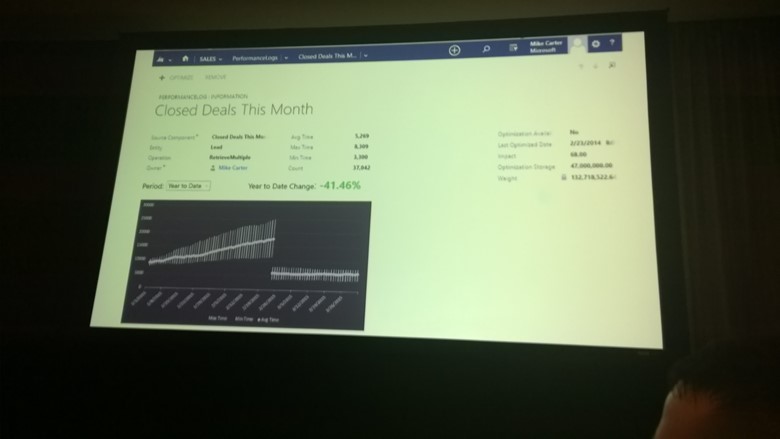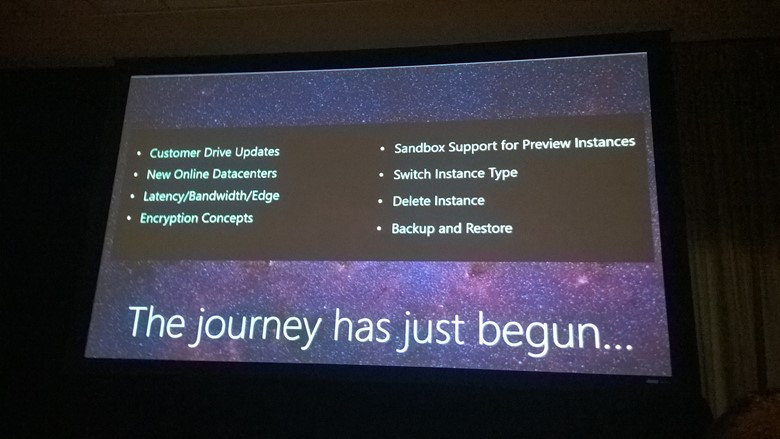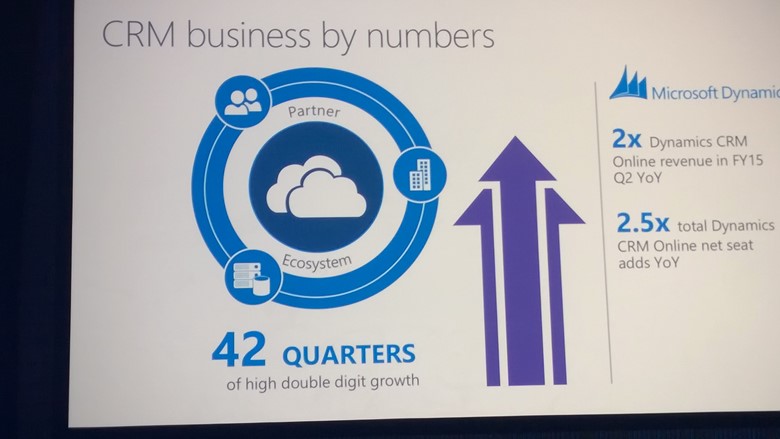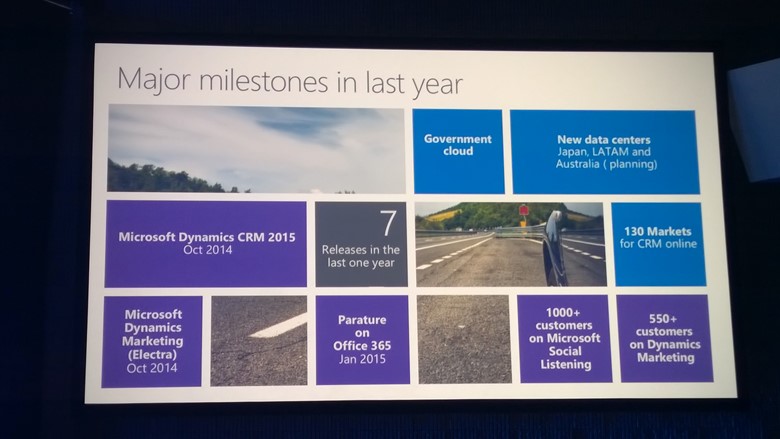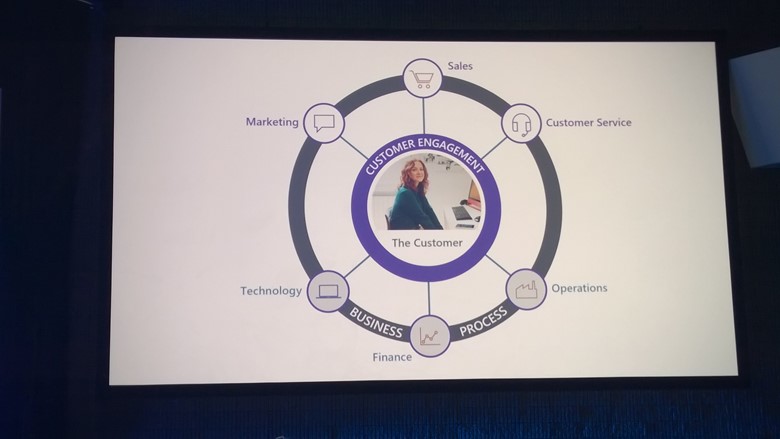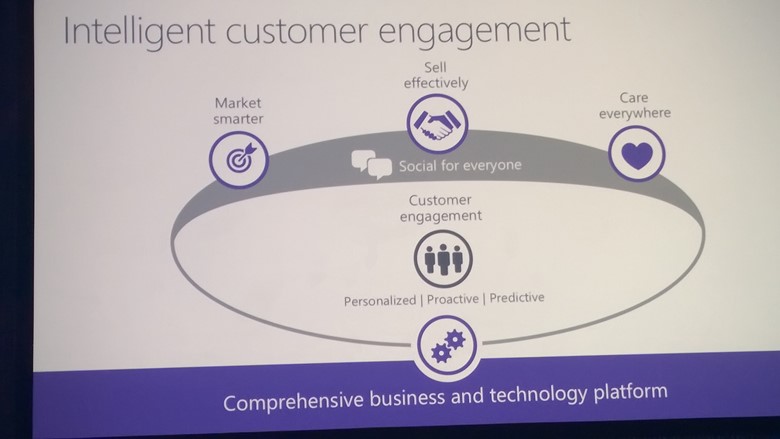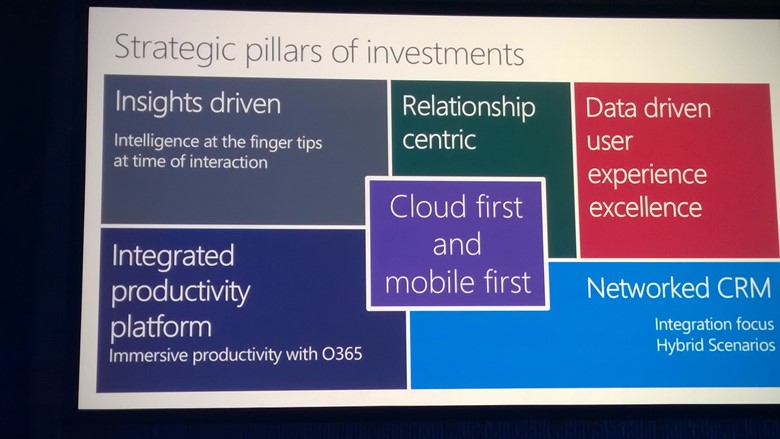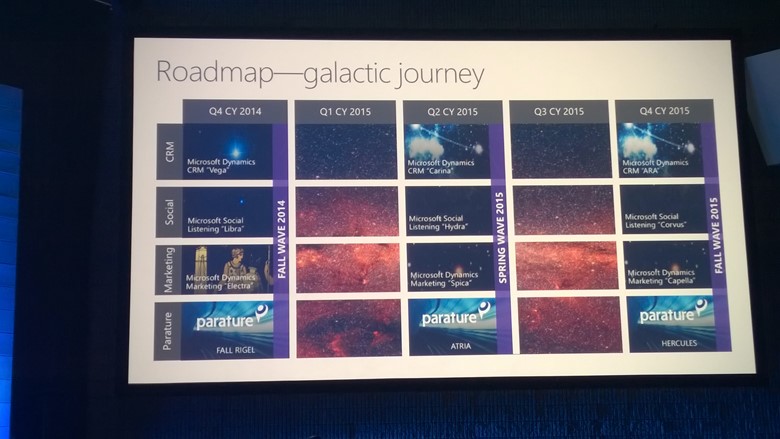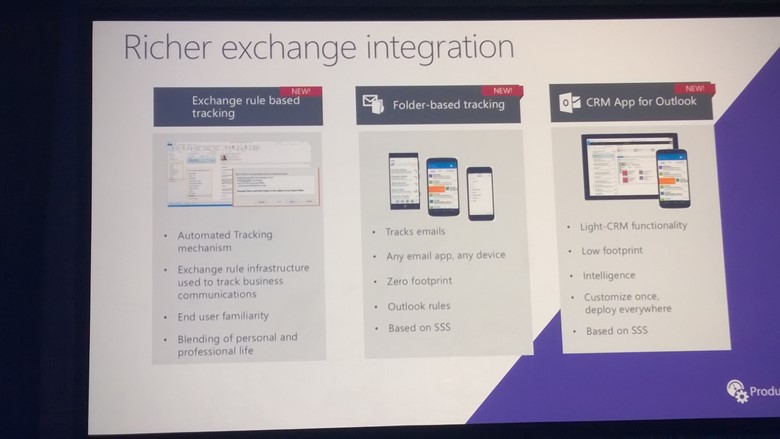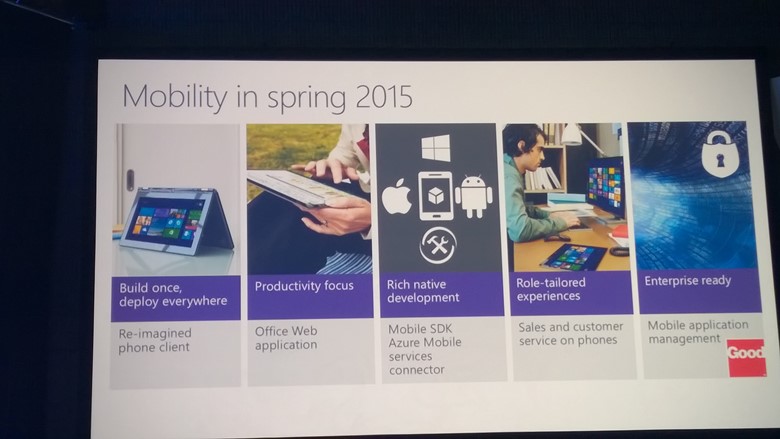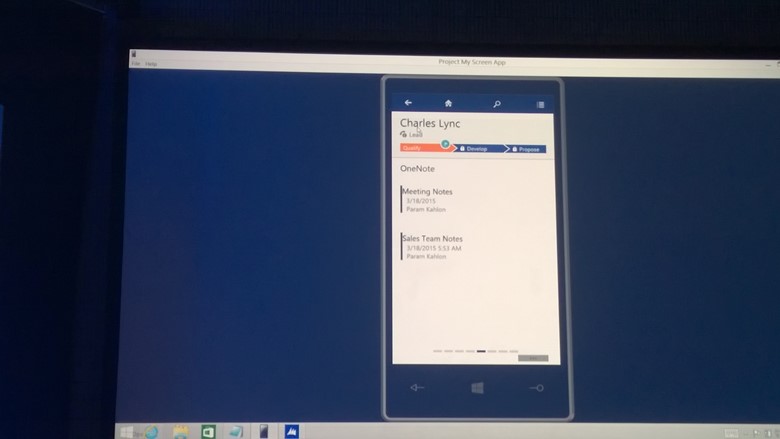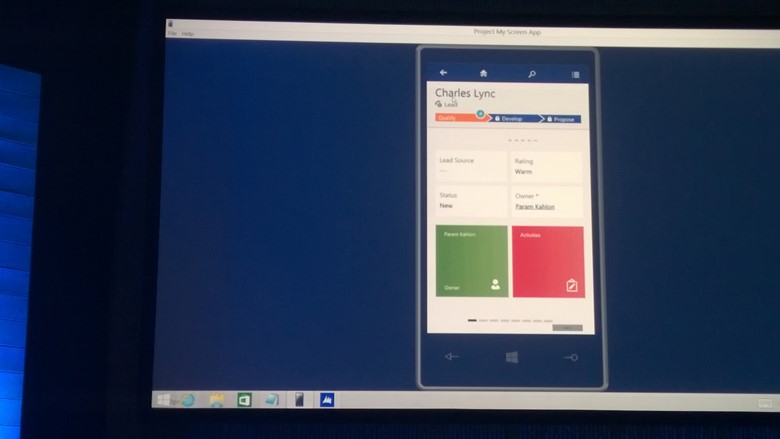As a Microsoft Dynamics CRM consultants, there were three topics at Microsoft Convergence that I was most interested, Microsoft Dynamics CRM Online: What’s new, Microsoft Dynamics CRM: Roadmap and Strategy and Sales productivity best practices. For additional remarks on Convergence, check my previous post, Microsoft Convergence recap from a Dynamics CRM Perspective – Part 1: opening keynote, Microsoft Dynamics Marketing and unified user experiences.
Microsoft Dynamics CRM Online: What’s new
- The title of this session is a little confusing, but its really all about what the infrastructure team for Dynamics CRM Online is doing to improve performance and provide tools for a Dynamics client’s CRM Administrator.
- This was my second favorite session but if you missed it and you are an online customer or partner, this is the session you should make a priority to see and is available on the Convergence Video Library.
-
Performance Improvements
- Microsoft Edge is being rolled out to optimize latency in the public network. The public network is the main piece of the network continuum that has been outside of the controls of Microsoft and client. I love Laura Robinson’s tweet on this.
- Turbo forms will utilize pre-rendering to provide sub second load times.
- Microsoft is providing tools for CRM administrators to help optimize specific performance areas, such as views. On-premise customers have always had the ability to add indexes to improve specific performance problems and this starts to move us in that direction (although the ability to add indexes to Dynamics CRM online tables will probably never be provided, due to the fact that this could be done inappropriately). As part of this, administrators are being provided with performance logs to monitor these areas.
-
Tools for administrators
- Administrators will have the ability to perform one data backup to online and if you utilize Azure, you will be able to perform multiple backups.
- Of course with the ability to perform backups, administrators will be able to perform ad hoc restores of their backup(s).
- To assist with upgrades, online customers will be able to request a preview instance of Dynamics CRM. This instance will give administrators the ability to upgrade their Dynamics CRM “on demand” into this instance, to preview and test upgrades.
- Relevant slides to session:
















Microsoft Dynamics CRM: Roadmap and strategy
- I was really pleased with that the timing of session was later in the week because I had been through two days of seeing various products and roadmaps, and then this session brought it all together in a unified vision of where the entire product set is going and how the various products interact for given scenarios.
- Since many, if not all, of these products will continue to be offered as stand alone solutions, we seem to have a “Microsoft Dynamics CRM Suite” of products that includes:
- Core Microsoft Dynamics CRM
- Dynamics Marketing
- Parature
- Unified Service Desk
- Social Engagement
- Takeaways
- This is no surprise, but growth continues with doubling revenue and seats for Dynamics CRM online.
- Microsoft has lived up to the commitments they have made around release cadences with all of the Dynamics CRM products and with the spring release, this trend continues. I heard at a recent CRMUG meeting in Denver of the few things that slipped but I can’t recall the detail. I think only one had some significance. I expect that part of this is due to Microsoft setting more realistic expectations, but more so, they have found the formula to be able to deliver. Some change occurred a couple of years ago that seems to have taken hold, and it might be coincidence, but it seems to have happened when Bob Stutz was hired.
- The statement was made that the fall release of Dynamics CRM will deliver the biggest mobile release made to Dynamics CRM. For me, the spring release is significant because of the update to the phone app and deploy once direction.
- The rest of the content was no surprise in that most of the demos and slides were in previous sessions. What was new was the way everything tied together. It was in this session that the realization came at how broad of a solution set is coming together and how it will be glued by Office 365, Social Engagement, Azure and Power BI.
- With regard to BI, you’ve had to question some of the moves made by Microsoft in the past going back to the ProClarity acquisition and its slow, painful death. Now, it looks as though they are really onto something with Power BI especially if you consider that their Business Applications give them the perfect opportunity to showcase the capabilities of Power BI. This could make Microsoft a serious player in the BI space because it’s the data in ERP, CRM and now Social systems that companies typically want to mine with a BI solution. SAP and Oracle have had similar opportunities with their CPM and OLAP products.
- Relevant slides from session:










Sales Productivity best practices:
- This was a strong session. Either I’m more positive than most folks or I just picked really good sessions. There were representatives from six different companies and they openly discussed their respective Dynamics CRM implementations and processes.
-
The gentleman from Milliken & Company stood out the most for me.
- They use Miller Heiman, a proven sales methodology, which has a connector to Dynamics CRM.
- Milliken sales reps are required to document conversations about technical call reports. This information is used as a a competitive advantage for them and it’s extremely important to them that this information gets tracked.
- In the middle of their Dynamics CRM development, they took a timeout and did a prototype review to 80% of users to incorporate their feedback.
- All managers do a top down pipeline review with their sales teams.
- Pandora Jewelry utilizes Yammer and Dynamics CRM to address retailer’s issues.
- In regards systems and processes at Pyrotek, they have eight different product lines and four different sales representatives that may be calling into the same account, so each representative needs to know what the other three are doing. Collaboration is critical when selling into these accounts. They took a top down and bottom up approach (i.e. what’s in it for me?). When we have both, adoption is good, when one is missing, adoption is poor.
For additional information or questions about Microsoft Dynamics CRM, please contact one of our professionals at crm@rsmus.com. Please leave your feedback and comments because I would love to start a discussion thread on the topics above.
By: Bill Caldwell – Colorado Microsoft Dynamics CRM Partner

 RSMUS.com
RSMUS.com